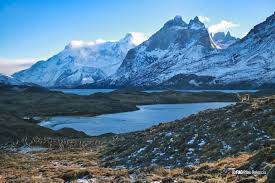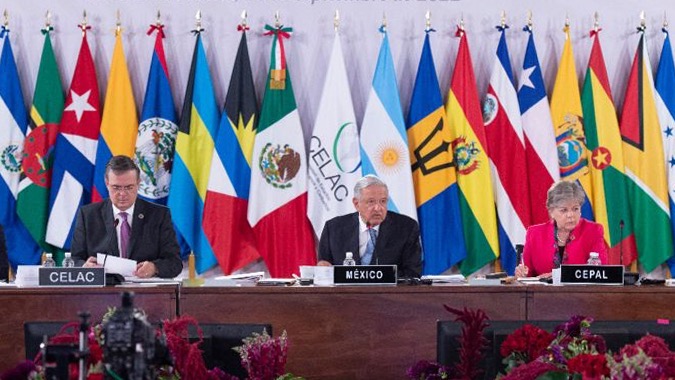Amazon Rainforest Protection: Challenges and Collaborative Strategies in South America
In recent years, the protection of the Amazon Rainforest has become a pressing issue in South America, with far-reaching implications for both the environment and the global climate. The challenges faced in safeguarding this invaluable natural resource are numerous, but through collaborative efforts and strategic planning, it is possible to make a difference. In this article, we will explore the contemporary issues surrounding climate and environment in North and South America, highlight the importance of unity across the Americas, and provide insights on how individuals can contribute to the protection of the Amazon Rainforest.
Deforestation: The Amazon Rainforest faces significant threats from deforestation, primarily driven by illegal logging, land clearance for agriculture, and infrastructure development. The loss of this vital ecosystem not only reduces biodiversity but also contributes to climate change.
Climate Change Impact: The Amazon Rainforest plays a crucial role in regulating the Earth's climate by absorbing carbon dioxide and releasing oxygen. Its destruction disrupts this balance, leading to increased greenhouse gas emissions and exacerbating climate change.
Biodiversity Loss: The Amazon Rainforest is home to an incredibly diverse range of species, many of which are unique to the region. The destruction of their habitats puts countless plant and animal species at risk of extinction.
Indigenous Communities: The protection of the Amazon Rainforest is closely linked to the rights and well-being of indigenous communities. These communities have a deep connection to the land and have been stewards of the rainforest for generations. Their knowledge and practices are invaluable in preserving the forest's biodiversity.
Collaborative Strategies: Addressing the challenges faced by the Amazon Rainforest requires a collaborative approach. Governments, NGOs, indigenous communities, and individuals must work together to implement sustainable practices, enforce regulations, and promote alternative livelihoods that do not rely on forest destruction.
Sustainable Agriculture: Encouraging sustainable agricultural practices can help reduce the pressure on the Amazon Rainforest. By promoting responsible land use, agroforestry techniques, and support for small-scale farmers, we can ensure food security while preserving the forest.
Ecotourism: Responsible tourism can provide economic incentives for the protection of the Amazon Rainforest. By promoting sustainable tourism practices, visitors can contribute to the local economy while respecting the environment and indigenous cultures.
Education and Awareness: Raising awareness about the importance of the Amazon Rainforest and the threats it faces is crucial. Educational initiatives can empower individuals to take action, make informed choices, and support organizations working towards its protection.
Supporting Indigenous Rights: Recognizing and respecting the rights of indigenous communities is essential in protecting the Amazon Rainforest. By supporting their land tenure rights and giving them a voice in decision-making processes, we can ensure the sustainable management of the forest.
Strengthening Environmental Laws: Governments across the Americas must prioritize the strengthening and enforcement of environmental laws to combat deforestation. This includes cracking down on illegal logging and land encroachment and implementing stricter regulations for sustainable resource extraction.
International Cooperation: Protecting the Amazon Rainforest requires international cooperation, as the effects of deforestation extend far beyond South America. By sharing knowledge, resources, and funding, countries can work together towards a common goal of preserving this vital ecosystem.
Research and Innovation: Investing in research and innovation is crucial for finding sustainable solutions to the challenges facing the Amazon Rainforest. This includes developing alternative materials to reduce reliance on timber, implementing technologies for forest monitoring, and finding new ways to support local communities without harming the environment.
Consumer Choices: Individuals in North and South America can make a difference by making conscious consumer choices. Supporting sustainable products, avoiding goods linked to deforestation, and advocating for responsible business practices can drive positive change.
Volunteer and Donate: Many organizations and initiatives are dedicated to protecting the Amazon Rainforest. By volunteering your time or donating to these causes, you can directly contribute to their efforts and help make a difference.
Empowering Youth: The future of the Amazon Rainforest lies in the hands of the younger generation. By empowering youth through education, mentorship, and leadership opportunities, we can ensure the long-term preservation of this vital ecosystem.
In conclusion, protecting the Amazon Rainforest is a shared responsibility that requires collaboration, innovation, and a commitment to sustainable practices. By understanding the contemporary issues surrounding climate and environment in North and South America, we can take action to safeguard this invaluable natural resource. Together, we can create a united front to protect the Amazon Rainforest and promote a sustainable future for all.
What steps will you take to contribute to the protection of the Amazon Rainforest? Share this article and join the #AmazonRainforestProtection movement today.






No comments yet. Be the first to share your thoughts!